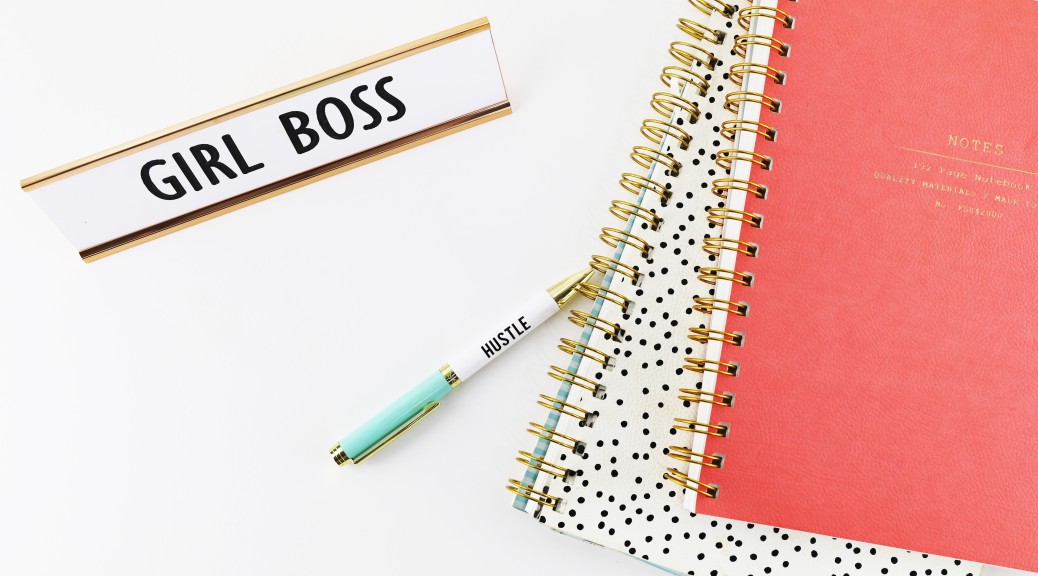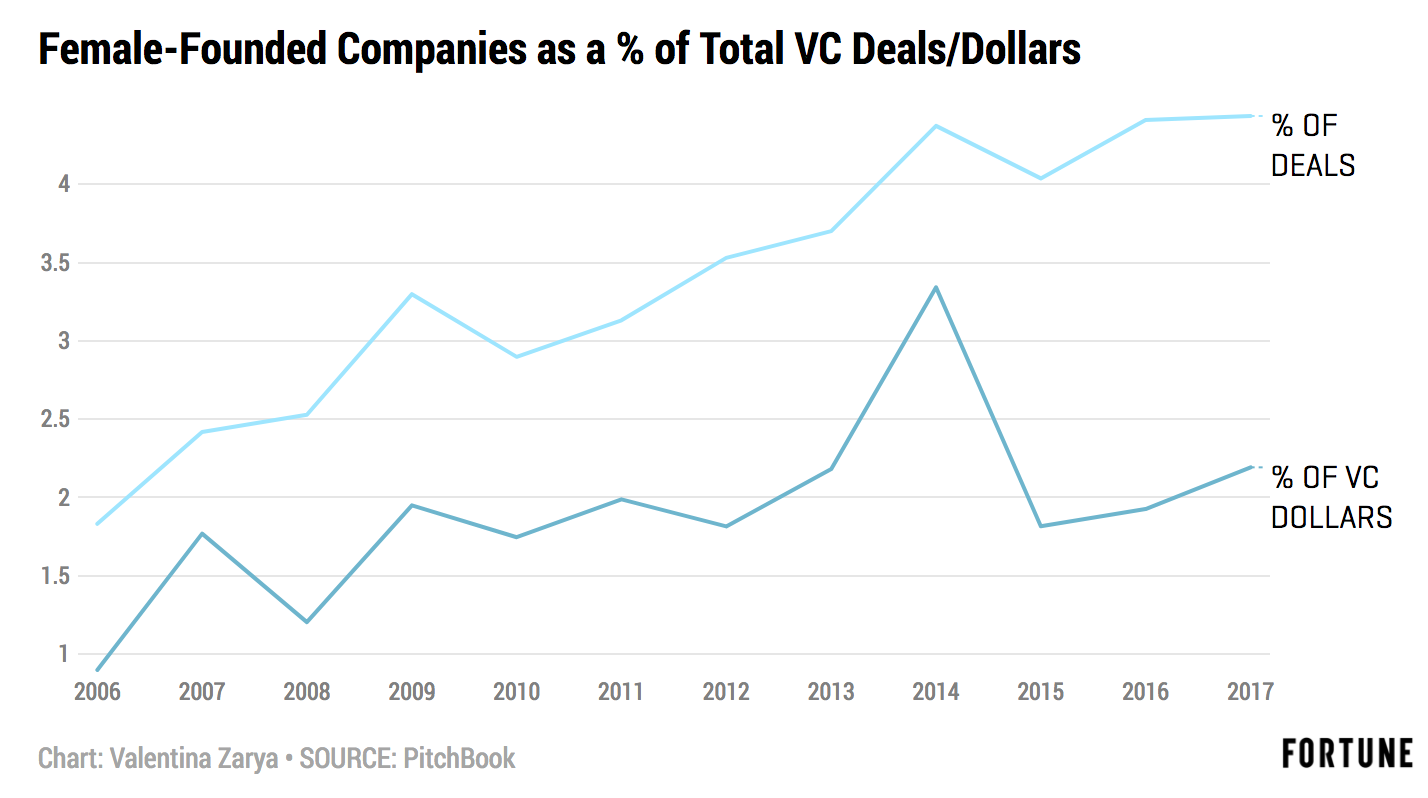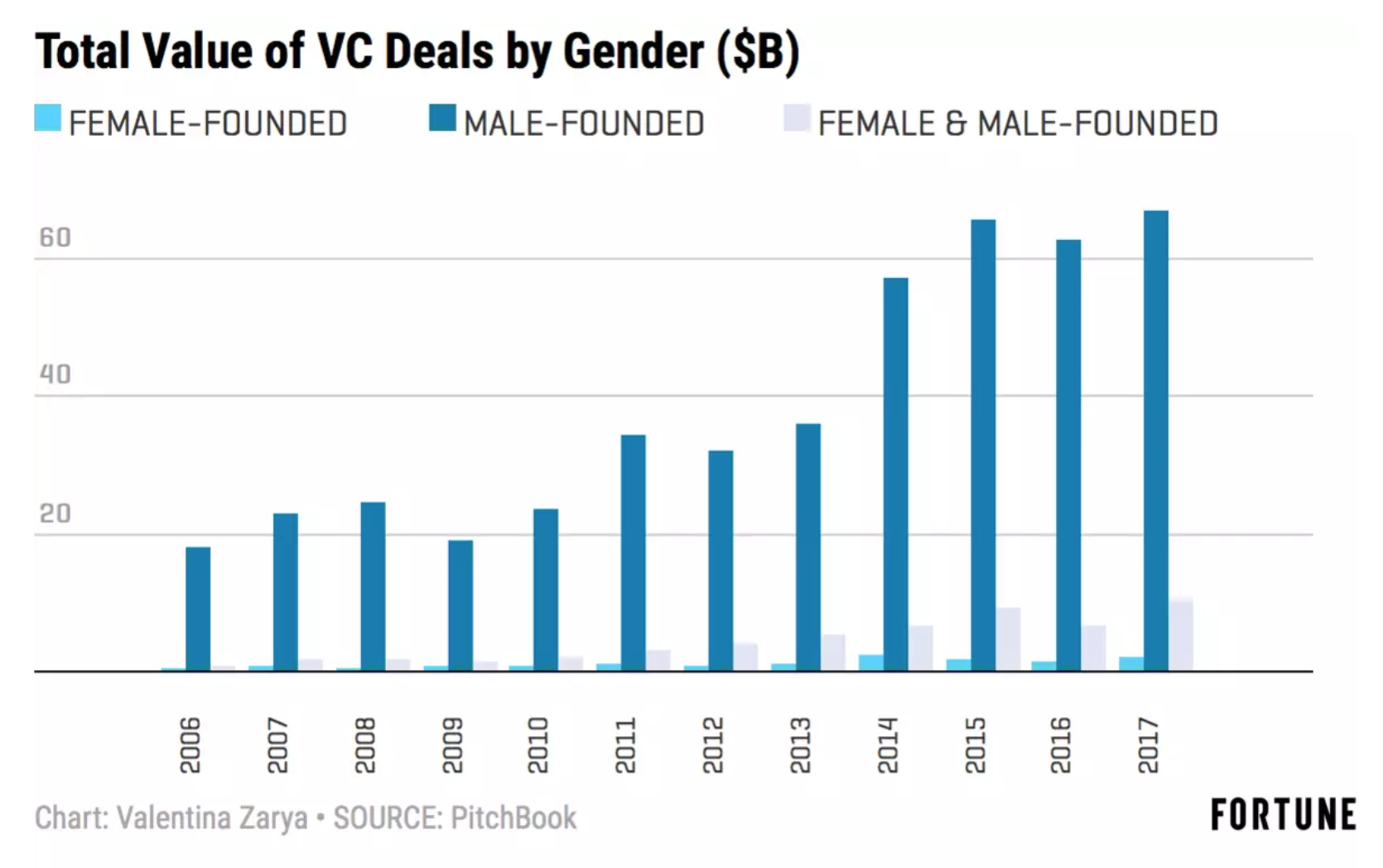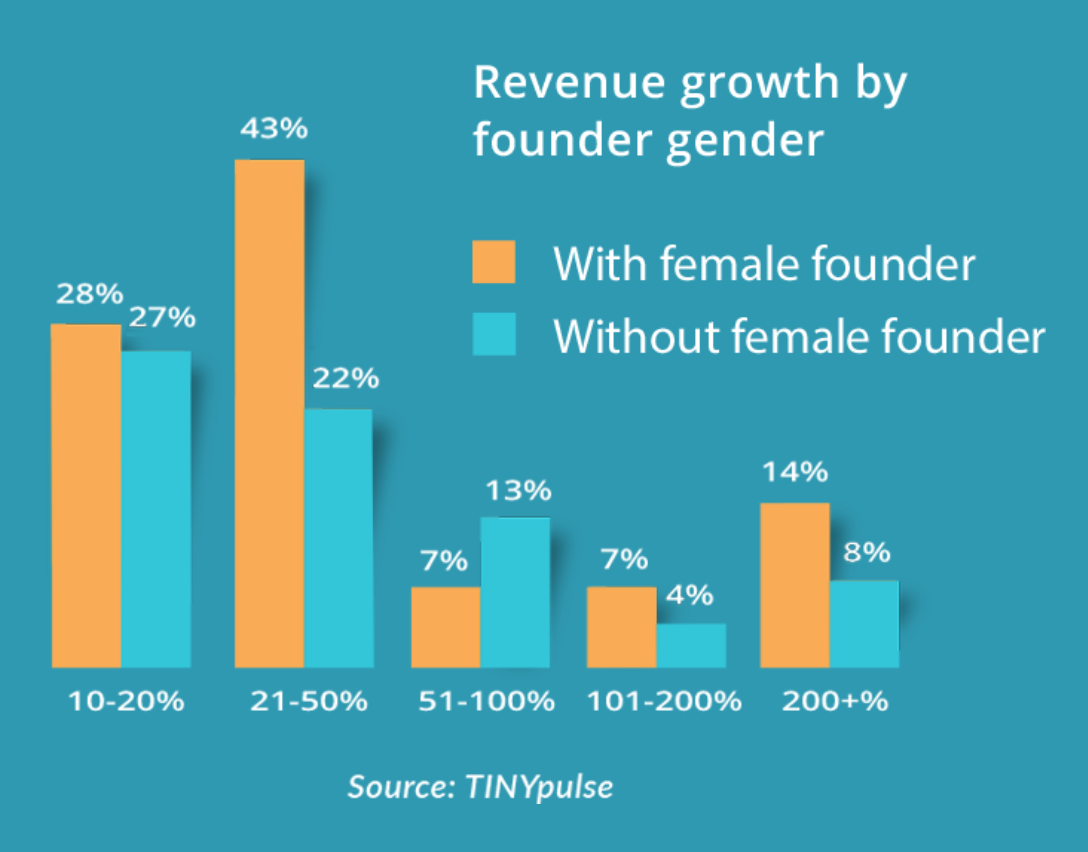I love to write, (like I love to talk) and will do so on just about any topic… except when I have to write about myself. Our team agrees, however, that we want to have a blog series about who we are, where we came from, and why we are believers in iSPY Visuals. Our hope is that our stories will give you a better understanding of why we are working hard to build a great app that really works for you. So, here goes. I was born in Oklahoma… Just kidding (well, not about being born in Oklahoma!)
The idea behind iSPY Visuals struck me back in 2005. I had been hired as CEO in a turnaround situation by a UK/US stock photo and film business. They were a public company (penny stock) and had been on a bit of a buying spree. The business I inherited was a bit of a mess. The company had acquired 7 stock photo/film agencies. Nothing had been integrated. Each was in a different stage of moving from analog to digital. They were being sued, they had less than adequate tech, they had no idea how to even begin to address the millions of images that needed to be edited, digitized and made available online. They weren’t even quite sure who their clients were. So, I hired a small but incredibly talented group who came in, rolled up their sleeves and got to work.
Among the first things we accomplished were consolidating systems, building a new platform and creating a single brand strategy. Our creative team was responsible for editing hundreds of thousands of images immediately. They were looking at concept, context, and technical quality among other things. Some of the collections were online and some were in analog form. It was an enormous challenge to find the best of the best and to ready the images to go into our newly built platform.
Our Creative Director came to me asking for help. We conjured up an idea to create an internal system where our editors could review images from the various collections we had acquired and compare them to our competitors. We quickly pulled together a rough search engine that allowed the editors to do just that. It was rough but our team could search and compare image-selects side by side, and against the competition. It was a very useful tool saving us time and money, and allowing us to curate content in a much more effective way. It was at that time that a light bulb went off. How cool would it be to make this kind of tool available to clients. They could search multiple image providers simultaneously saving a ton of time, and compare results. But then, life went on.
Fast forward to 2015, I had started a small market strategy and consulting business. That company, VisualSteam, conducts an annual survey of creative pros on stock image licensing. In 5 years of surveys, one of the most common complaints was about how difficult and time consuming it is to find images across platforms. The clients told us the average search for an image takes 4.25 hours, and they generally search at least 3 agencies. A little over a decade after my original idea, I decided it was time, actually long overdue, for a tool like iSPY.
I incorporated iSPY Visuals, Inc. in 2016. I approached a longtime “partner in crime” Karen d’Silva, who, aside from being incredibly talented, brings experience in photography, content strategy, and design to the team. She signed on right away. Karen reconnected us with a woman with whom we had worked some years before, Natalie Burns. Natalie has a unique mix of skills including strategy, tech and creative. I decided to partner with the firm Natalie was with, who specialize in building tech for venture startups. It took us about 4 months to plan and build the prototype. We used the prototype to encourage image suppliers to sign up, and to start raising money from industry insiders, family and friends. In 2017, we launched our beta site, and we recently come out of beta and launched our first full-feature platform and SaaS (software-as-a-service) solution.
Today, users find images much more quickly and easily on iSPY. They share projects and lightboxes, and collaborate with colleagues. Users can manage rights and usage and even store images and image licenses all within iSPY.
I love this idea and am proud of what we have built so far. Our clients have a thousand ideas for how we can make our tool more useful, and we are eager to move forward. We are looking for money and bootstrapping it for now but I am a believer. iSPY has so much potential! We are currently mapping out our next phase of development which is focused on advanced technologies – artificial intelligence and blockchain – which is very exciting for our team.
So that’s my story. I appreciate the tremendous support from our investors, team, and most importantly those creative pros that are giving us a try. It has been a fun ride so far but we are really just getting started.

Leslie Hughes is the CEO and Founder of iSPY Technologies, Inc. and iSPY Visuals, an intelligent search tool and workspace for visual content users. Hughes has over 20 years experience in digital media licensing, content production, and distribution, including having been President of Bill Gates’ Corbis Images, and President of the Markets and Products Group for Corbis Corp. She became an entrepreneur 10 years ago. Hughes has consulted or been part of 6 start-ups and 12 acquisitions. She has an MBA from the Cox School of Business at Southern Methodist University, is the proud mother of two and lives and works in New York.
Connect with Leslie: Twitter | LinkedIn | Angel List






